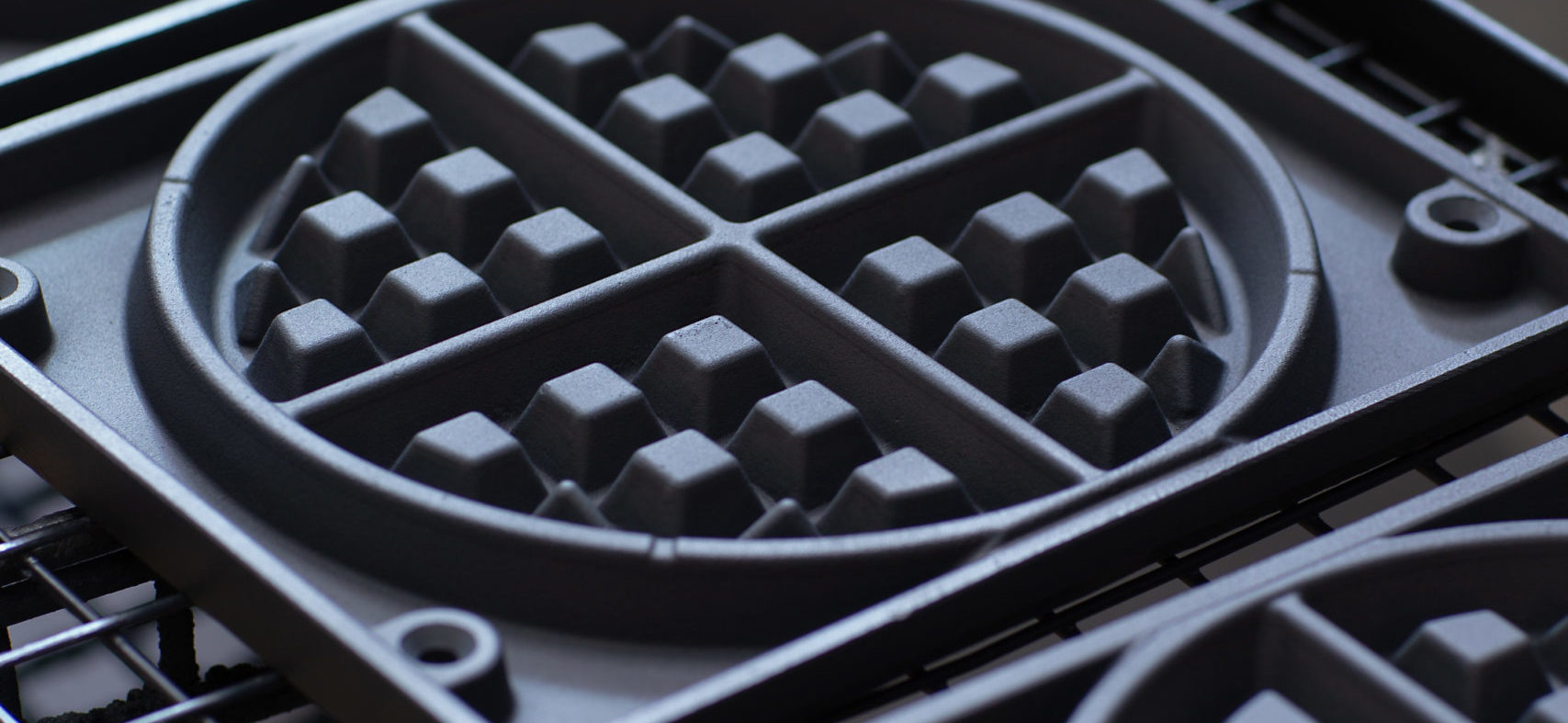From helping your fried eggs avoid an unplanned scrambling, to maintaining the structural integrity of offshore oil rigs, non-stick coatings are a vital part of day to day life. Having been relied upon for over half a century, these coatings are versatile, and their benefits countless. So, what materials can help us to avoid sticky situations, what’s the science behind their repellent nature, and how does something designed not to stick, coat a surface? Read on to find out.
Materials used for non-stick coating
Non-stick coatings can be divided into two categories; fluoropolymers, and sol-gel – also known as ceramic-coatings. Whilst the former has been helping surfaces to maintain non-stick, low friction, and anti-corrosion properties since the early to mid 1900s, Sol-gel is far more recent. But what is the difference between the two?
Fluoropolymers are a group of materials, with their most notable pseudonym likely being ‘Teflon’, although this is a brand name. Those in the industry would recognise fluoropolymers by four acronyms; PTFE (the most common of the four) PFA, FEP, and ETFE.
As with many things, there are pros and cons to each coating and this can often mean compromising different technical factors. For example the harder-wearing, more durable properties of ceramic coating are a trade off for a lower friction resistance.
How does non-stick coating it work?
The short answer behind why non-stick coatings are able to keep substances at bay is down to their ability to act as a low-friction barrier. When it comes to fluoropolymer coatings specifically, this lack of friction is down to the fact that there are virtually no adhesive forces tugging on the molecule around it. The missing adhesive forces are those that can create a grip between even the slipperiest of surfaces, like a window pane and raindrop. The near-absence of these means that other forces like gravity can pull substance away from fluoropolymer coatings as they are stronger than those trying to create an adhesive molecular bond.
If non-stick surfaces are designed not to stick, how do they work as coatings?
After talking about how fluoropolymers lack the adhesive forces to grip onto the substances around them, how can they be applied as a coat without simply running off the surface? The first crucial step is ensuring the surface is properly prepared, which you learn more about here. Once the surface has become rough enough, the pre-finished liquid PTFE can be sprayed onto the required surface, clinging onto the microscopic cracks in the surface. Carrier resins within the liquid bond to the base, forcing the adhesive resistant compounds to rise to the surface. Curing the coating – and the product it now coats – via baking, helping to fix the bond.
Despite their resilience to sticky substances and corrosion, non-stick coatings can become damaged if not correctly handled. Whilst their chemical resistance means solvents and cleaning agents are okay to use, metallic objects can scratch away the coating – revealing the grippy surface below.
How long does non-stick coating last?
The longevity of a coating varies greatly based on the way it’s used, the environment it’s exposed to, and the care taken of it. For example, having been subjected to each of the seasons and the extreme conditions they bring with them, a bolt in an offshore oil rig may only last 12 months before the coating begins to fail, whereas other applications may last for years. Whilst a non-stick coating cannot be restored, removing and re-coating a surface can help to breathe new life into a product.
If you’d like to find out more about non-stick coating and whether it’s right for you, get in touch here.

